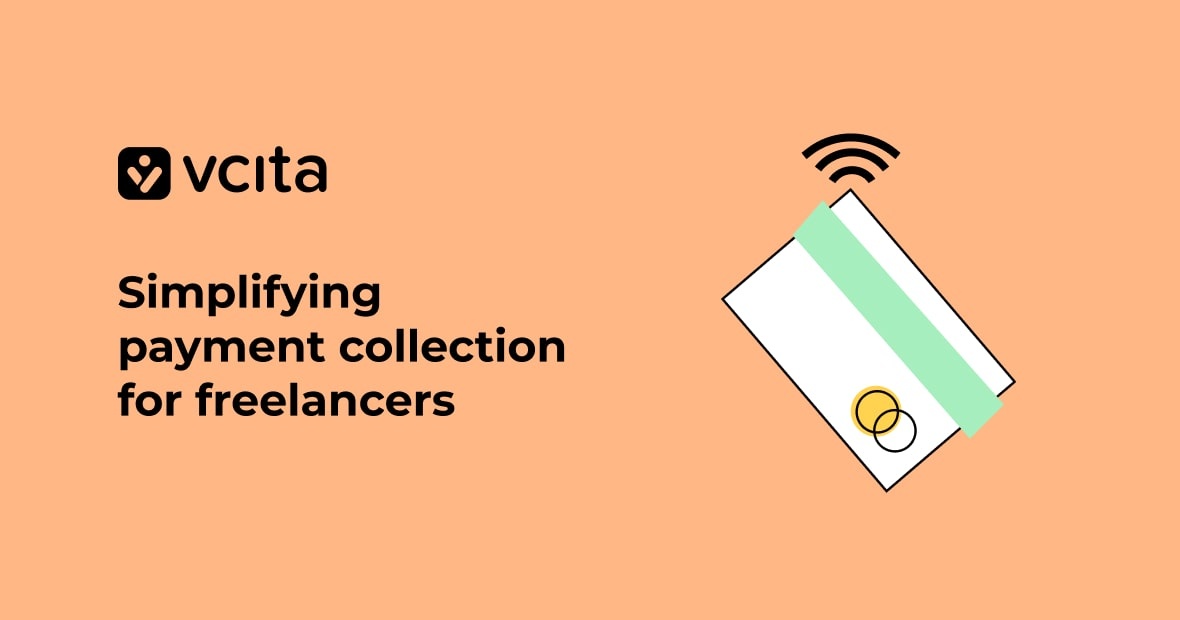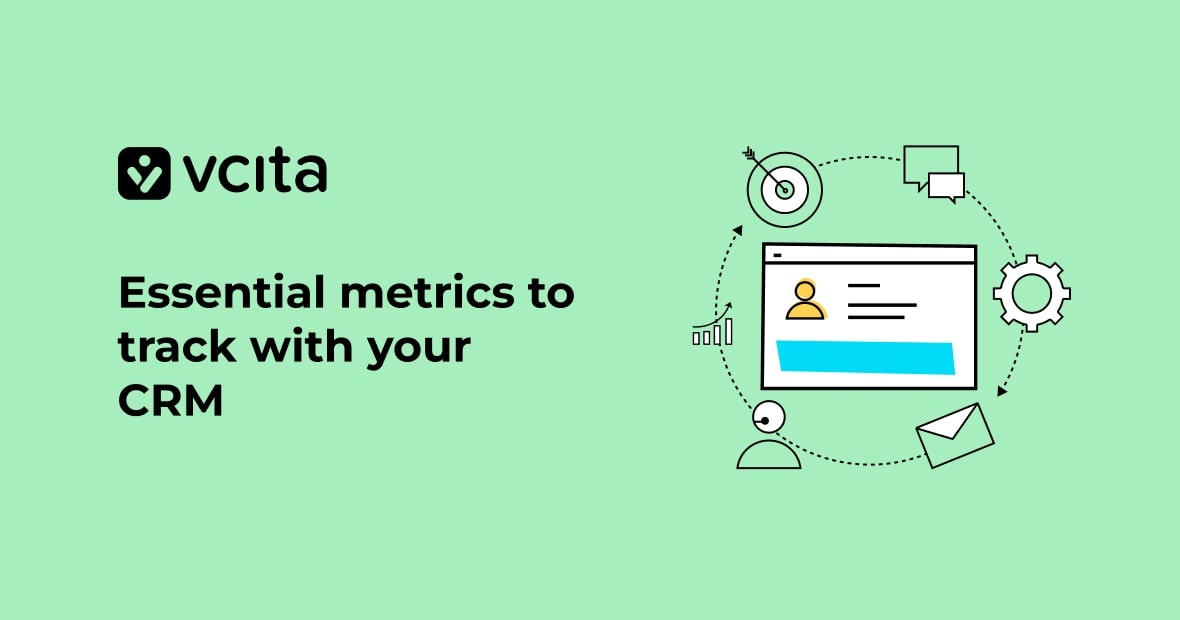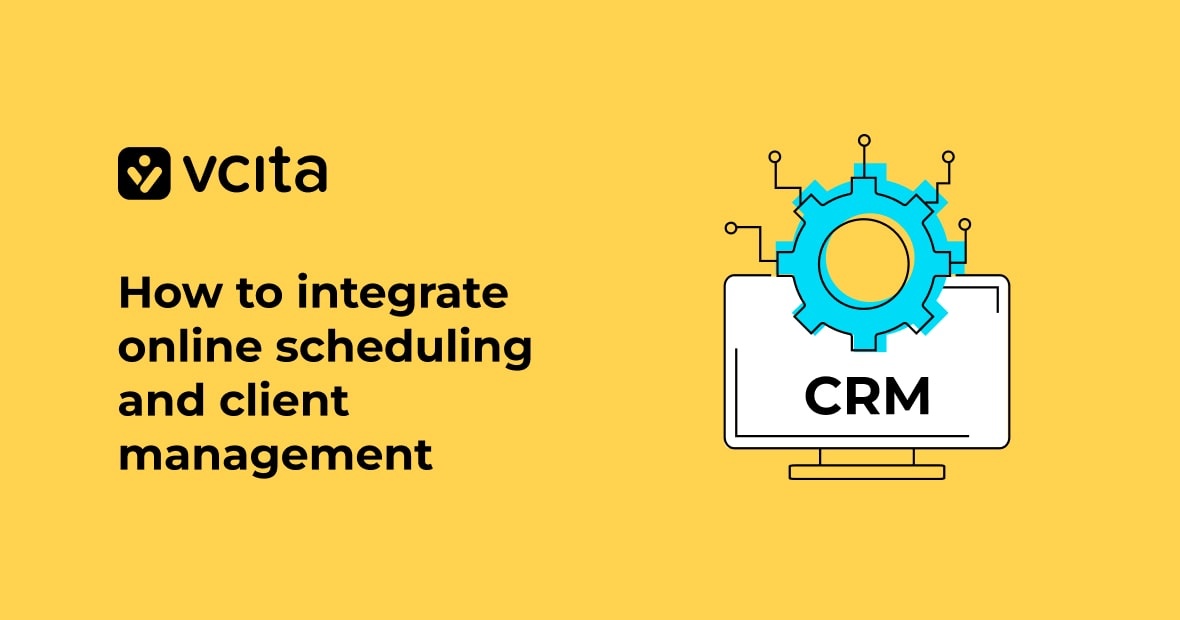Picture this scenario: you’re sending out invoices and making a profit, yet you’re still having problems with your cash flow. Sound familiar? If it does, you may want to reconsider how you’re invoicing. Choosing the right invoicing strategy will help you manage your cash flow better and cut down on administrative hassles at the same time.
Generally, there are three categories of invoicing strategies: ad hoc, monthly, and recurring invoices. Which one you should choose will depend on your clients, your business, and your industry. Below is a breakdown of these three approaches, and the perks and drawbacks of each.
- 💼 Ad hoc Invoices:
- Issued immediately after work completion.
- Ideal for small, one-off projects and freelancers.
- Potential for faster payments but may lead to admin problems.
- Not suitable for larger, long-term projects or corporate clients.
- 🗓️ Monthly Invoices:
- Common in various industries like architecture and law.
- Suitable for large projects, providing predictable cash flow.
- May delay payment for small projects and risk client forgetfulness.
- 🔁 Recurring Invoices:
- Bill for the same service at regular intervals.
- Great for securing regular income and can be automated.
- Not suitable for variable work or industries where it doesn’t fit.
Ad hoc invoices
Ad hoc invoices are issued as soon as work is complete—they’re not sent on any particular schedule. This is a common method of invoicing for freelancers like graphic designers and copywriters, or any other professional with small, variable jobs.
This type of invoicing makes the most sense for intermittent work or smaller, one-off projects that last less than a month. Since clients receive the invoice right after the work is complete, ad hoc invoicing has the potential to get you paid faster. This method also makes it easy to put together estimates for similar jobs, since all the information about each project is on a single invoice.
However, there are some important drawbacks to ad hoc invoicing. Larger clients sometimes have monthly accounts payable cycles, meaning they’ll aggregate a months’ worth of your invoices into one payment. This creates the potential for missing payments and errors. Ad hoc invoicing can create admin problems for you too: dozens of invoices each month can make it difficult to track how much work you’re getting in total from each client. In the case of larger projects, it can become difficult to determine how much to charge up front and how much to charge for the final version. Having a few large invoices that represent months of work can also create cash flow problems.
In short, ad hoc invoices work for smaller projects, but they’re not great for projects that last months, or for a lot of regular work with large corporate clients. For those types of projects, small business owners often choose monthly invoicing instead.
Monthly invoices
Monthly invoices are a standard in a lot of industries, particularly because they align so neatly with the monthly accounting cycle. Often architects, lawyers, and business consultants will use this approach, especially for ongoing work.
For large projects, monthly invoices create a more predictable cash flow, and make it easier for non-accountants to track income against expenses each month. If you’re charging clients for subconsultants, expenses, or a markup on products, having a monthly invoice means you can use your monthly bank statement as a guide to show you what new expenses you need to bill for. If you only bill monthly, you can also do all your invoicing for the month in one go, then forget about it until next month—a bonus for those of us that crave structure.
While monthly invoicing is great for larger projects, it can be less ideal for multiple small projects. If your client would normally pay as soon as their invoice is ready, then waiting to issue one large monthly invoice instead means you’ll wait longer to get paid for your work. There’s also the risk that your clients might forget the details of what you’re charging for, resulting in the extra back-and-forth of having to remind them.
Basically, monthly invoices are better for large projects or large clients. But what if your work is a regular service, and not a series of variable projects? In that case, you might choose invoices that recur on a shorter interval instead.
Recurring invoices
Recurring invoices are invoices that bill for the same service at the same interval: weekly, biweekly, monthly, or any other interval that makes sense. This approach is common for life coaches, personal trainers, and others charging for regular services, but can also be useful for freelancers charging retainer fees.
Recurring invoices are the best of both worlds: they’re a way to secure a regular income, on a schedule that works for you (and your client). They can also be automated with invoicing software like vcita, so they require a lot less effort to send out. Keeping your client’s payment information on file lets you automate payment as well, so you can work for them as seamlessly as you would if you were an employee. Small business owners who charge this way have the advantage of spending a lot less time on invoicing overall.
They’re great to set up if your type of work lends itself well to recurring payments, but some industries just don’t fit well with this model. For example, designers charging a markup on product will still need to send either monthly or ad hoc invoices for these fees, even if they have a recurring payment set up for their services. Recurring payments also don’t work well for intermittent or variable work; if you’re charging hourly but your hours vary from week to week, then you’ll need to create an invoice with new information each time. Finally, some people just like to feel in control—and find that automated invoicing feels too hands off.
While recurring invoices are a great system to have, they only work if your industry or contract allows for them. For freelancers and small businesses, it’s worth testing the waters to see if there’s a retainer or subscription-based approach that will work for your clients.
If you still need help deciding which of these three approaches is best for your business, here are a few questions to ask yourself to get started:
If you need to send recurring invoices, you can download our free recurring invoice templates.
How big is the project?
If it will last longer than a month, break it down into monthly or recurring invoices. Even a project that lasts six weeks would be better invoiced as six weekly recurring invoices than as an ad hoc deposit and completion fee. While larger clients often prefer monthly invoicing, there’s usually some leeway to negotiate, particularly if you can automate their payments.
What are the invoicing standards for my industry?
It’s worth looking into this, since industry standards will dictate what your client expects your invoicing strategy to look like. Others in your industry might also have strategies you haven’t thought of—for example, here’s a look at how different interior designers structure their invoicing. You don’t always have to follow industry standards, but it’s good to know what they are.
What type of cash flow is manageable for me?
Wells Fargo recommends forecasting your cash flow, so you can predict when you’ll receive payments and incur expenses. This can help you decide what payment intervals are manageable, and how you can adjust your invoicing strategy for the next projects accordingly.
Little changes can go a long way
It might seem like a small change, but choosing the right invoicing strategy is one of the fundamental ways to manage your relationships with your clients and your cash flow. Choose wisely, and both will be right there when you need them.




























